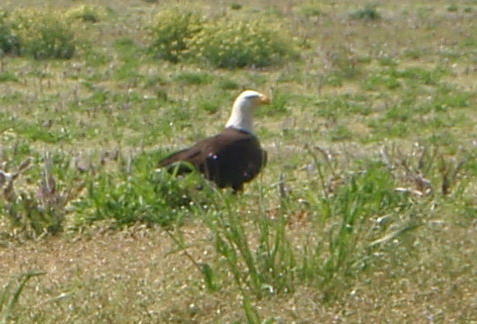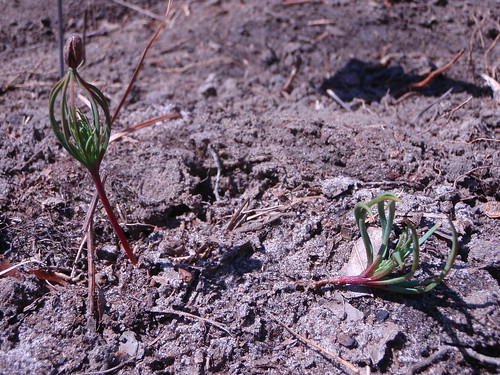
Olivia Judson writes about
Divide and Diminish:
A different process goes on when an island forms by splintering. Here, the ecosystem is pre-existing: the island is created with a set of residents already in place. But it is now too small to support them all.
What happens next is a kind of unraveling, a fraying, a disassembling such that the ecosystem becomes simpler, so as to fit the space that is now available. On those recently-created islands of Indonesia, for example, the smallest islands are home to many fewer species than the largest islands. And, as you’d expect, you don’t find big animals on the smallest islands either.
When we humans burn tracts of forest, or make islands in some similar way, the immediate impacts depend on a suite of factors, including how many islands there are, how big they are, and how close they are together. It also matters what is between them. Fields may be more hospitable to wildlife than roads or water; under some circumstances, life forms may be able to flit from one fragment to another, and the “island” nature of the fragments will be reduced. Perhaps we can use such patterns to shape how we use land, to try and minimize the impact we have.
Perhaps.
She’s not talking about prescribed forest burns, which are actually necessary for longleaf pine forest ecology. She’s talking about burns that destroy forests.
The once-mighty longleaf pine ecology that spread from eastern Virginia
to east Texas now only exists in tiny islands separated by cities, fields,
and roads. Maybe we should preserve the few patches that are left.
This isn’t just about plants and animals, you know, it’s also about
flood control, food supply, and living conditions.
Half a century ago we overused pesticides, in particular DDT, which caused
birds’ eggs to become too fragile. Bald eagles vanished from many places.
But sometimes they come back, when we stop poisoning them and instead
save some habitat.
The eagle pictured was just sitting beside the road as we drove by.
There are more in nearby counties.
Picture by Gretchen Quarterman, 23 March 2010.
 You may know these as Easter lilies, or “those lilies that grow in the ditches by the road in the spring.”
It turns out their real name is Treat’s Rain Lily,
and they are a native of south Georgia and north Florida,
plus a bit of Alabama, and don’t grow anywhere else.
We’ve seen them in Georgia counties along the Florida border
as far west as Cairo, but not any farther north.
Here’s
much more about these lilies.
You may know these as Easter lilies, or “those lilies that grow in the ditches by the road in the spring.”
It turns out their real name is Treat’s Rain Lily,
and they are a native of south Georgia and north Florida,
plus a bit of Alabama, and don’t grow anywhere else.
We’ve seen them in Georgia counties along the Florida border
as far west as Cairo, but not any farther north.
Here’s
much more about these lilies.









